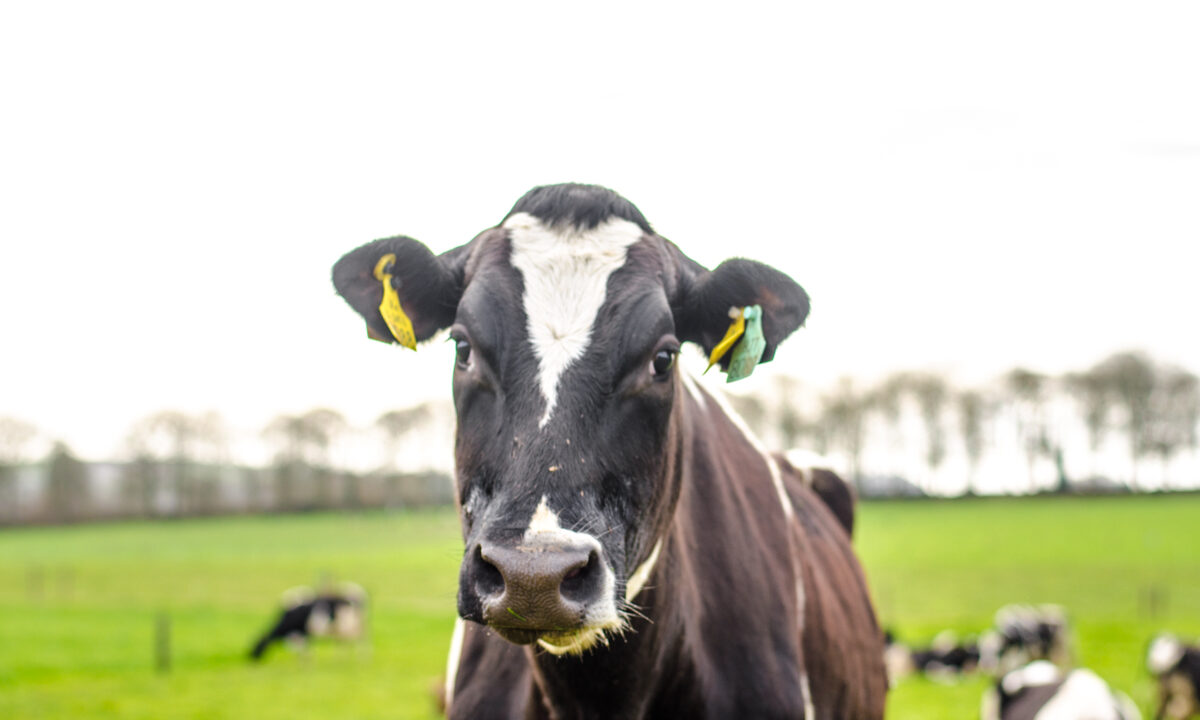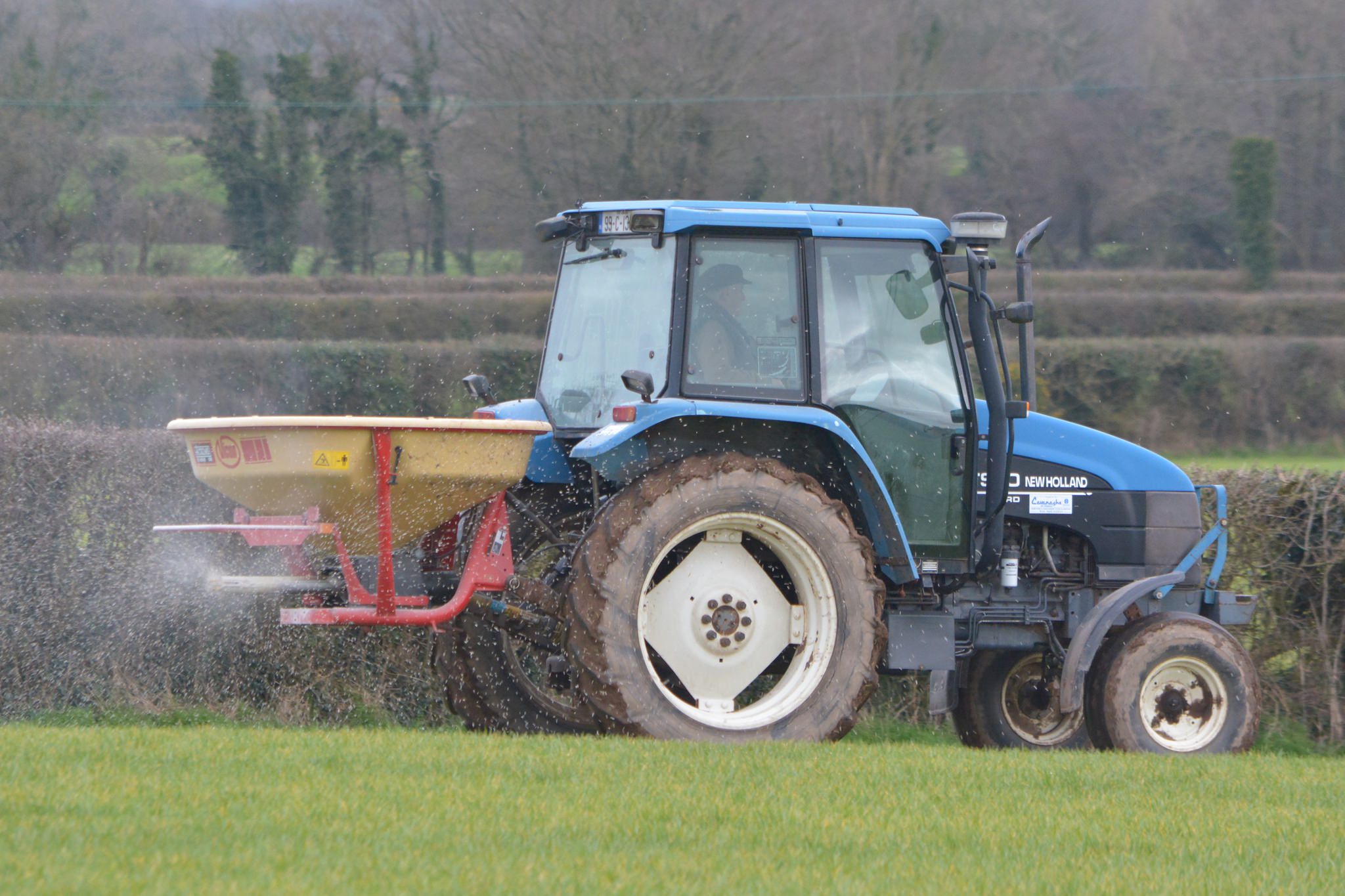After a challenging year, attention is slowly turning to putting the farm in a position to make the best possible use of grass this autumn and, in turn, to extend the grazing season. When it comes to achieving this, Teagasc offers the following advice.
1. Rotation length
Rotation length should be at least 30 days, Teagasc says, and ideally 35 days at this stage of the year to build grass for the autumn.
2. Concentrate feeding to dairy cows
In drought zones, it’s advisable to continue to feed 6-7kg/day of concentrates to maintain yield and to build autumn grass.
3. Nitrogen application
Teagasc advises farmers to continue to spread one bag of CAN (calcium ammonium nitrate) after each grazing. Where second-cut silage has been harvested after a long growing interval, it recommends applying up to 40un/ac (50kg/ha) of nitrogen.
4. Cutting surplus bales
On farms with high growth rates, there is an opportunity to save additional winter feed. Continue to take out surplus bales to maintain rotation length (35 days) and clean out paddocks adequately.
5. Ensiling dry matter grass
According to Teagasc, nitrate levels are increasingly making preservation more difficult and, therefore, a good wilt is important.
Always tedd out immediately when cut and allow a minimum wilt of 48 hours. In addition, store any bales of wet silage on concrete and collect the effluent.
Consider putting a layer of straw at the base of silage pits. If you put straw under very wet silage, you risk trapping effluent and splitting pits. Straw is for final mop up of effluent after a good wilt and for convenience at feed out; it is not a solution for very wet silage.



